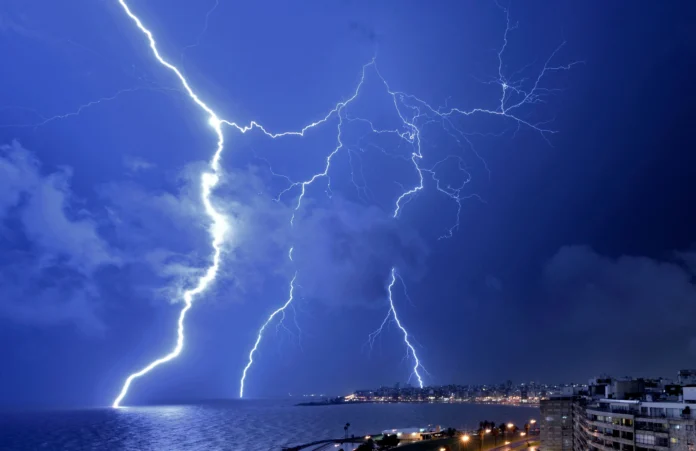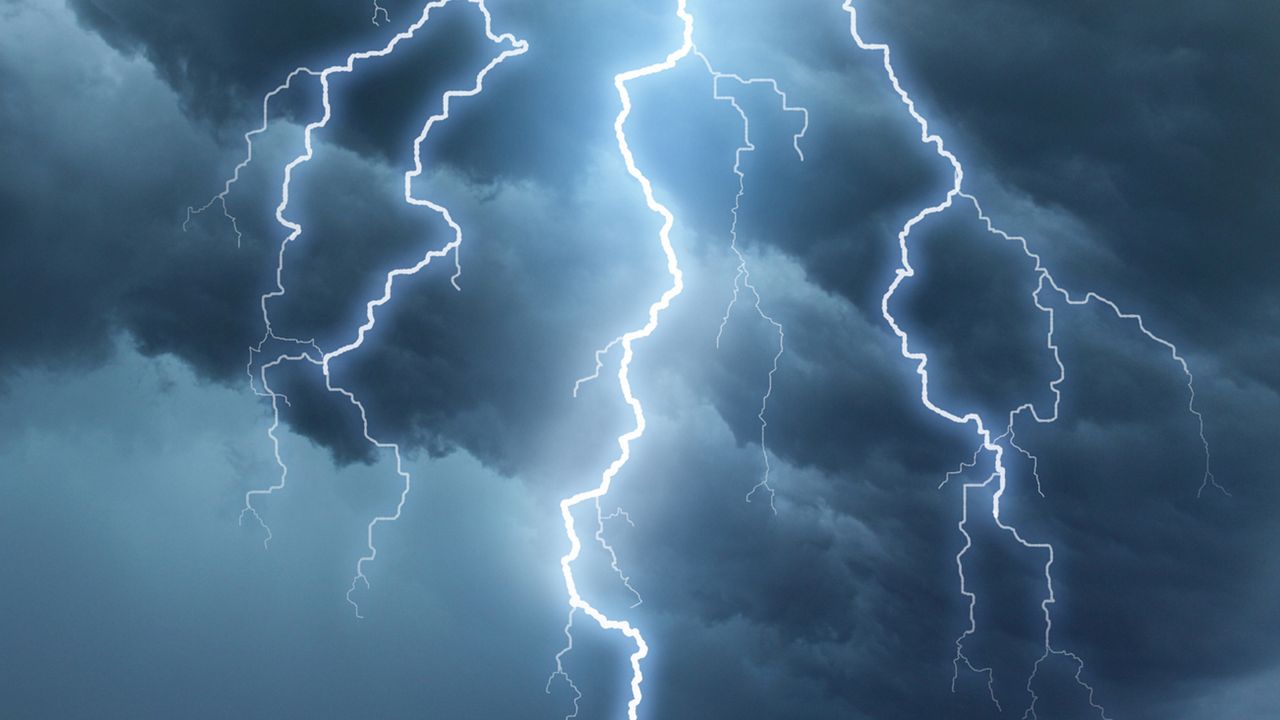Scientists at Penn State have solved a mystery that has been around since Benjamin Franklin flew his kite in stormy skies in 1752 and asked how lightning really starts inside dark clouds. A new paper in the Journal of Geophysical Research on July 28 explains step by step how tiny particles from space trigger a chain reaction that leads to the bright flash we see and hear during a storm. This work brings fresh insight into a process that has puzzled storm chasers and researchers for nearly three centuries.
How Lightning Begins Inside Clouds

The research team led by Victor Pasko used a math tool called the Photoelectric Feedback Discharge model to show how cosmic rays from outer space kick off the process that makes lightning. Those rays seed a few fast electrons inside a thundercloud, and then the strong electric pull in the cloud pushes those electrons to near light speed. When the sped-up electrons hit air molecules like nitrogen and oxygen, they knock out more electrons and send out X-rays.
The chain then grows quickly as each new electron crash makes more electrons and more X-rays. That burst of particles and energy finally becomes strong enough to make the bright bolt we call lightning.
Role of Gamma-Ray Flashes
Another mystery this work clears up is why we sometimes detect bursts of gamma rays during storms, even when we do not see a flash of lightning or hear thunder. These bursts, known as terrestrial gamma-ray flashes, come from the same electron chain inside clouds but happen before the main strike.
The model shows that under certain cloud conditions, the electron avalanche gives off large amounts of X-rays that reach high into the sky, and those are what satellites and high-altitude sensors pick up. This helps explain why some storms give off these invisible flashes long before a bolt appears below.
Model Checks and Field Data
Doctoral student Zaid Pervez helped test the math model by checking it against data from satellites, ground sensors and planes flying through storms. He says the team now knows what electric field strength and cloud conditions must be in place to start the electron chain and what shifts in radio signals to expect before a strike.
This work builds on earlier findings by a Japanese group in 2025 that caught gamma flashes right before a strike, but it goes further by tying those flashes and the main lightning bolt to one clear process.
What This Means for Weather Safety
Knowing exactly how lightning forms can help weather services improve their alerts and give people more time to get safe. If sensors can spot the first X-ray bursts or changes in radio signals that the model predicts, they may warn towns or crews in open areas before a storm turns deadly.
While more work is needed to turn this theory into real-time watches, the new model lays a strong foundation for better lightning prediction and safety planning.
Personal Analysis
And I think this work offers a real step forward in how we study storms, since it links space particles, cloud physics and the bolts we see into one picture. It could help us build smarter storm sensors and cut down on surprise strikes near homes, fields and outdoor work sites.
Sources: livescience.com


